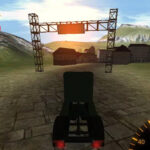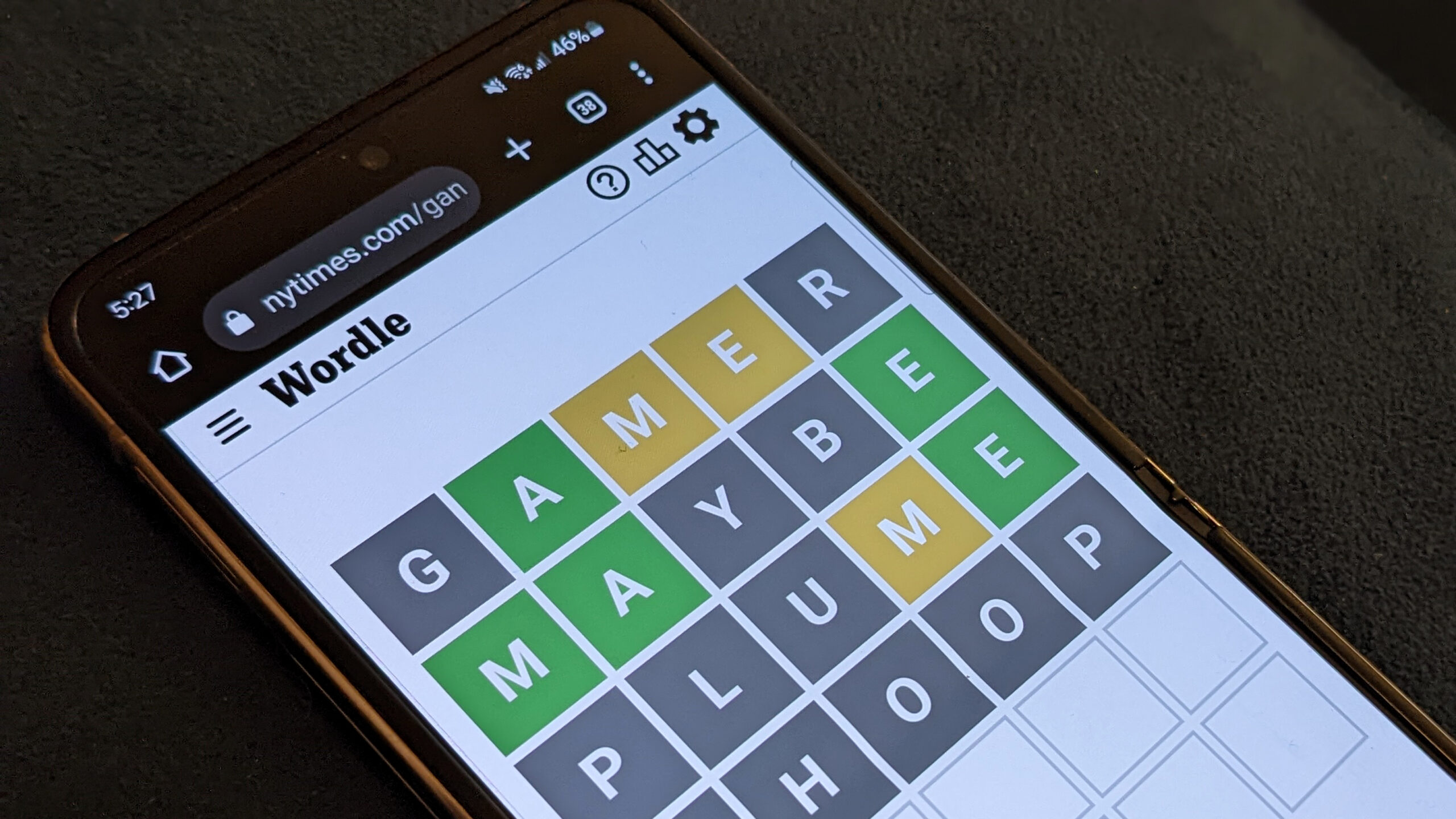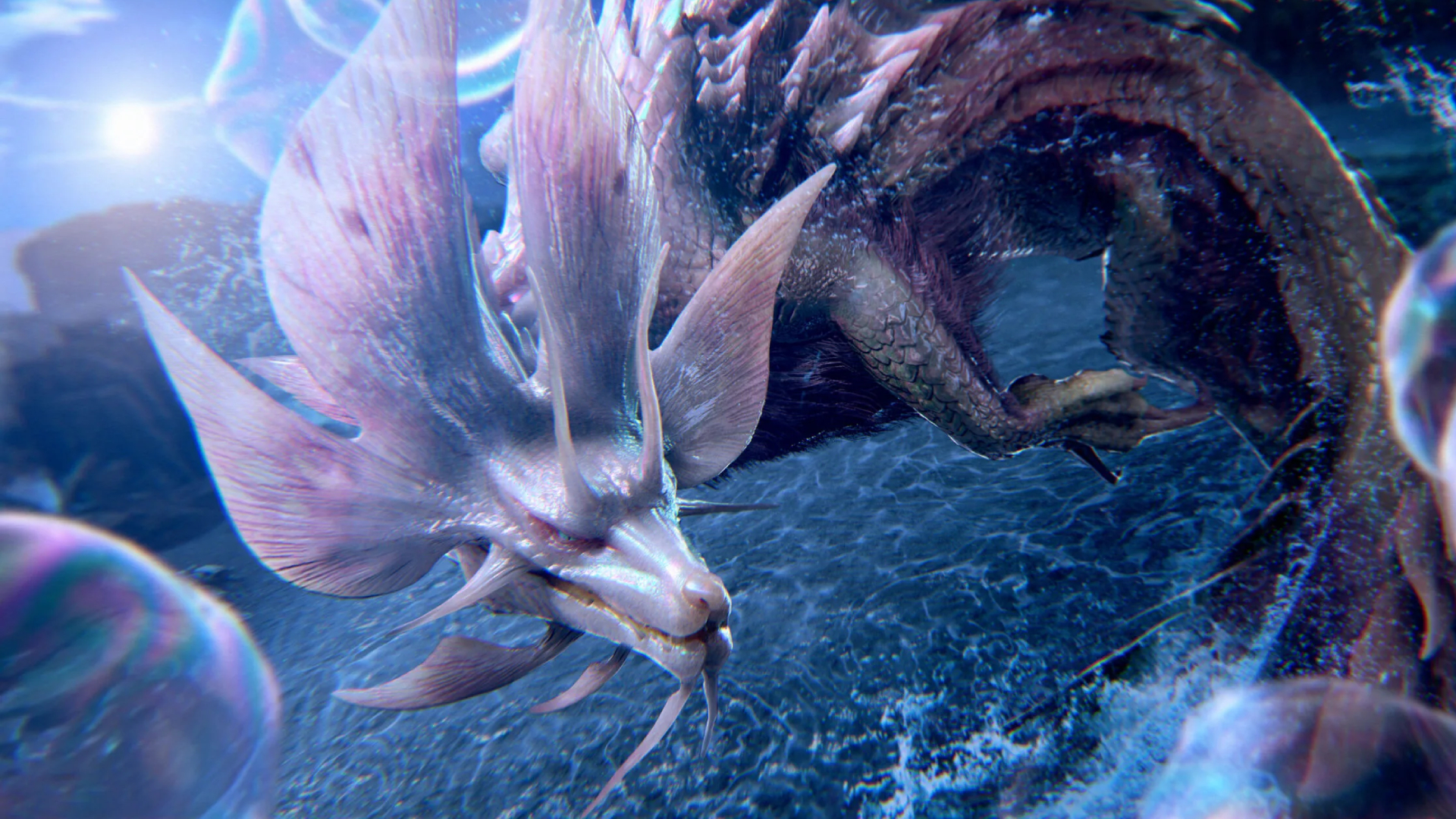Robocop: Rogue City’s combat feels like straight up murder: I totally lost it when I punched someone for the first time and Robocop’s fist flew out with the force of a particle accelerator, instantly atomizing their skull. A few minutes later I had to take a breather after picking up a dumpster and squashing four guys into a corner with it, like it was a malevolent hydraulic press adorned with Oakleys and Punisher skull stickers. When taking out hordes of Detroit street trash, Robocop: Rogue City is an absolute blast, but brutally uneven pacing and a coma-inducing plot leave it in the same mediocre arena as the film’s sequels.
What is it? Narrative FPS based on the classic film
Release date November 2, 2023
Expect to pay $50/£50
Developer Teyon
Publisher Nacon
Reviewed on Radeon RX 6600, Ryzen 7 5700G, 32GB DDR4 RAM
Steam Deck TBA
Link Official site
There is a tremendous sense of physicality in Rogue City. You can pick up enemies by the neck and fling them against walls so hard that chunks of rubble will rain down on their ragdolled corpses. Bullets scatter reams of paper and turn clutter into hurricanes of plastic and metal shrapnel. When Robocop grabs something with his giant metal gloves it retains its physics, so the computer monitor you’re about to whip at some guy’s head will thud against a wall or get jammed in a door frame a la Garry’s Mod. Environments are littered with a comical number of explosives that behave in hilariously different ways. A propane canister will bonk against the head of whoever you throw it at and then rocket around the area before exploding. Robocop can pick up landmines and whip them like frisbees.
I loved the way Robocop’s auto-9 machine pistol handles, a modular burst fire SMG that just vomits a ridiculous stream of small caliber rounds with pinpoint accuracy. I could go for another whole campaign of doming someone with a full burst and watching their body ragdoll backwards in slow motion. There are other weapons too, but I’m unsure why you’d ever want to use them. The skint arsenal of Cold War-era automatics and shotguns are at best situational and at worst unnecessary, only effective after significant investment into the corresponding “combat” skill tree.
Yes, Rogue City has a skill tree system, and it’s way too bloated. My advice: get the first tier of every ability ASAP, because they’re the juice that keeps Rogue City’s combat from getting repetitive. There’s Max Payne-esque bullet time, flashbangs installed in your eyes, and my favorite, a forward charge where Robocop plants his feet and surges ahead like a flat-footed freight train, bowling over everyone in his path.
This is made all the better by a dismemberment system that seems to prioritize the funniest outcomes possible, enemies clutching their mutilated stumps and crying out “My hand!” There’s even some ragdoll magnetism, where shooting some jobber standing by a ledge will cause him to tumble over, arms and legs flailing. Robocop’s nigh invincibility to small arms and sub-glacial movement speed results in combat that resembles MechWarrior but with fleshier targets, a DPS race to flatline scumbags before they melt down Robocop into scrap metal.
(Image credit: Nacon)
(Image credit: Nacon)
(Image credit: Nacon)
(Image credit: Nacon)
(Image credit: Nacon)
(Image credit: Nacon)
(Image credit: Nacon)
(Image credit: Nacon)
It all starts to fall apart when Rogue City introduces enemies that don’t explode with gore—there’s a god-awful boss fight against a malfunctioning ED-209 early on, and since you’re both two giant, slow-moving tin cans packing nearly identical heat, it boils down to Robocop awkwardly clambering around the arena taking cover behind too-small pillars. There are some mass-produced combat androids you fight later on that, while nowhere near as bad as the ED-209 fight, are devoid of the personality (and hilarious death cries) of Detroit’s street gangs.
Between missions you return to the precinct to undergo routine psychological assessments, help fellow officers shuffle papers, and just sort of putter around, taking in the sights from the film. During missions you’ll receive updates from HQ about crimes going down, and all too often these are exceedingly boring timewasters. Early on you visit the abandoned industrial park from the climax of the first film, a space far too open, flat, and samey to remain interesting for more than fifteen minutes.
The side missions have Robocop trundling through garbage heaps and pools of dirty, knee-high water that obscure HP-shredding landmines. It’s arduous, and the payoff is rarely worth it either, too often deposits of stolen wallets and fake IDs that net you some bonus experience points at the final ranking screen.
For fans of the film, which should be every human alive, much of Verhoeven’s sardonic tone has been carried over, though the story is meandering and does little to complement the films. Rogue City’s antagonist is the brother of one of Clarence’s gang friends from the first film looking to fill the power vacuum left by Clarence and Cain. I was taken aback at Rogue City’s willingness to put spunky hothead Anne Lewis into a coma at the start of the game and replace her with Ulysses Washington, new kid on the block cop upstart who sucks so bad that every time you return to the precinct he’s getting ruthlessly bullied.
The most human character is ironically Robocop himself, voiced by the returning Peter Weller. Rogue City opens with Robocop suffering a PTSD episode during a hostage crisis, leaving him chipped like a dog and run through a gauntlet of mechanical and psychological checks while all while being thoroughly dressed down. There’s a stark contrast between the absurd, bombastic, power fantasy action and the utterly emasculating experience of being strapped down and screamed at by your idiot boss. These are interwoven with dialogue options that give you space to explore the divide between Robocop and Alex Murphy, expressed through either a strict legalist, by-the-books approach to policing, or showing empathy and forgiveness. These dialogue choices are purported to have consequences, but they rarely manifest until the game’s conclusion.
(Image credit: Nacon)
(Image credit: Nacon)
(Image credit: Nacon)
(Image credit: Nacon)
(Image credit: Nacon)
(Image credit: Nacon)
Technically, Robocop: Rogue City is fine, hovering around 60 fps on high settings on my mid-grade build. It’s no looker, but when the bullets start flying and the bodies start piling up by the dozens, Rogue City holds strong, rarely dropping below 45 frames. Character animations range from “fine” to “bad” (special mention to the guy playing swing jazz drums at the hardcore show, I’d kill to know where developer Teyon sourced that animation from from), and the environments, while nothing to write home about, faithfully capture the grime and glossy plastic look of the original film.
Ultimately Rogue City doesn’t rise above its B-game status in the way that Robocop transcended its B-movie origins. Too often the joy of wasting gangsters and goons is cut short, interrupted, or delayed by plodding police busywork that rarely plays to the game’s surprising strength—character writing. I could only recommend Robocop: Rogue City to true diehards; everyone else should check out the Frank Miller comic that Rogue City is cribbing from.











